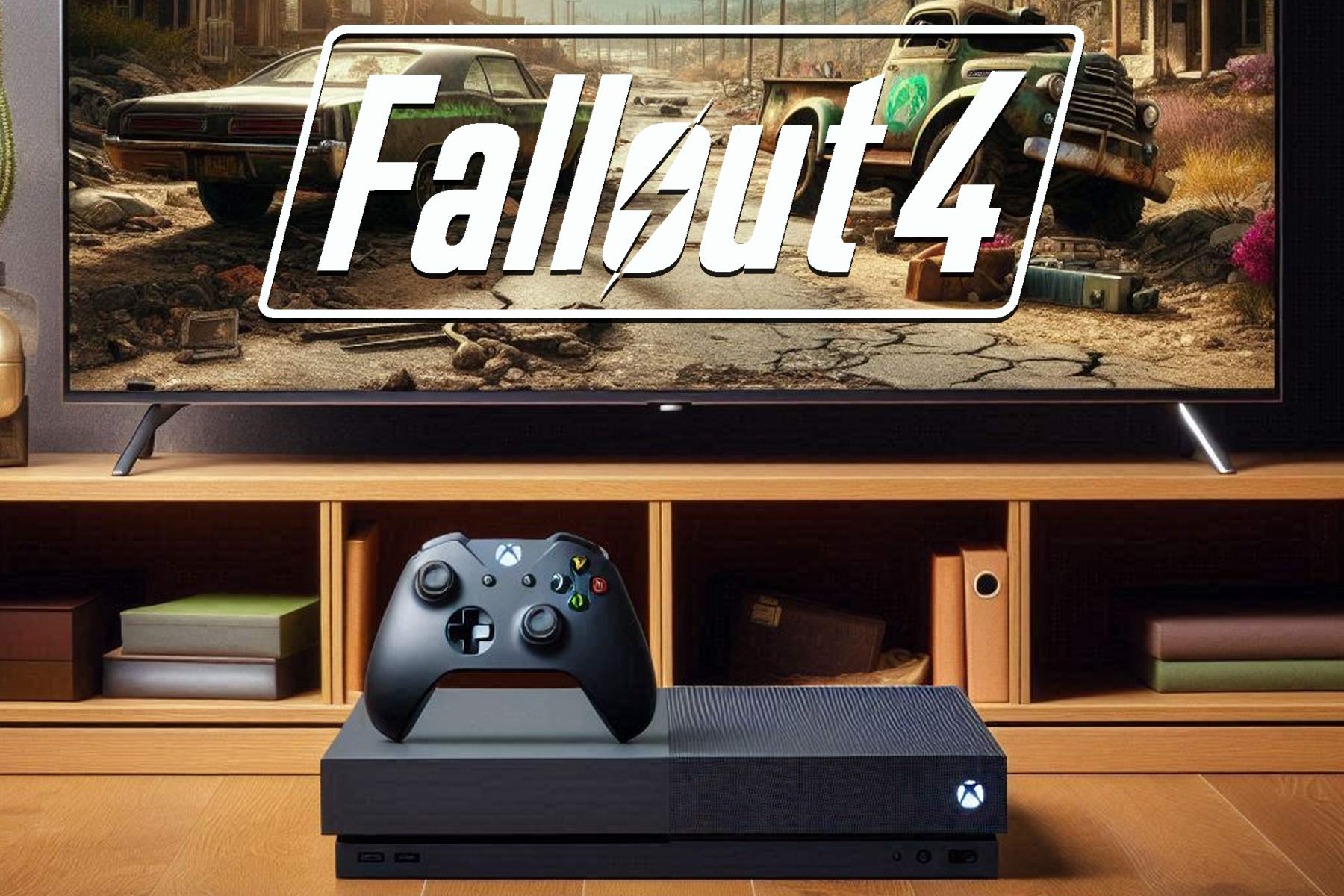The missing podcast experience in Windows 10
9 min. read
Published on
Read our disclosure page to find out how can you help Windows Report sustain the editorial team Read more

The wave of internet radio feels as though it is beginning to crest as more average Joes move from celestial radio broadcasting to more on-demanding streaming options for both music and verbal content. With almost everyone and their mother now using the catchphrase “hey check out my podcast,” as some sort of new age business card, it seems the market for podcasting has matured to a point where creativity in marketing is becoming sought after resources.
From multi-platform presences to Patreon campaigns for self-starters, podcasting has blossomed beyond a few internet savvy ranters huddle in their own corner of the web to a multimillion dollar business for some and an entertainment outlet for most.
Niche conversations about craptastic movies hidden in the bowels of Netflix or weekly follow-ups to today’s most popular TV hits are all being had via podcasts and the number of listeners is increasing.
With that being said, Microsoft recently launched its own tech-related podcast titled .future, where the company plans to devote time and resources to talk about the stories surrounding the growing technologies in the tech sector that are touching the lives of average people every day.
Wonderful.
However, I have an issue and it’s not with the content of .future or even Microsoft’s sudden acknowledgment of the medium but the company’s overall lack of support for and accessibility of podcasts in Windows to date.
Where is Microsoft?
It’s a known quantity that Apple is in the podcasting business. Not only with its support through its own included podcast app but now Apple is moving into monetization territory as it seeks to help entrepreneurs establish more reliable marketing metrics with its newly announced support of feed structures and serialization of podcasts.
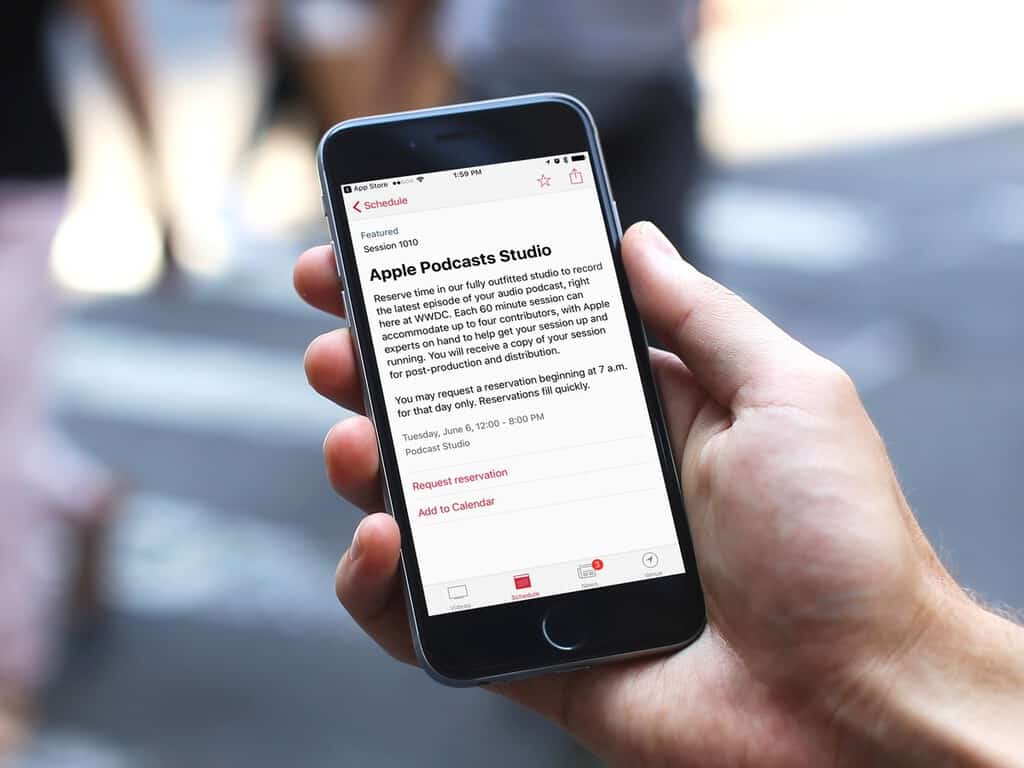 Google recently upped its podcasting game by bundling its podcasting efforts into the Google Play Music app service, which can be used both via your closest Android device as well as from the web if necessary. While we don’t fully know how well Google Play Music is doing as far as revenue and sales numbers, the idea that the built in music app has a readily accessible podcast storefront seems like a no-brainer for the company.
Google recently upped its podcasting game by bundling its podcasting efforts into the Google Play Music app service, which can be used both via your closest Android device as well as from the web if necessary. While we don’t fully know how well Google Play Music is doing as far as revenue and sales numbers, the idea that the built in music app has a readily accessible podcast storefront seems like a no-brainer for the company.
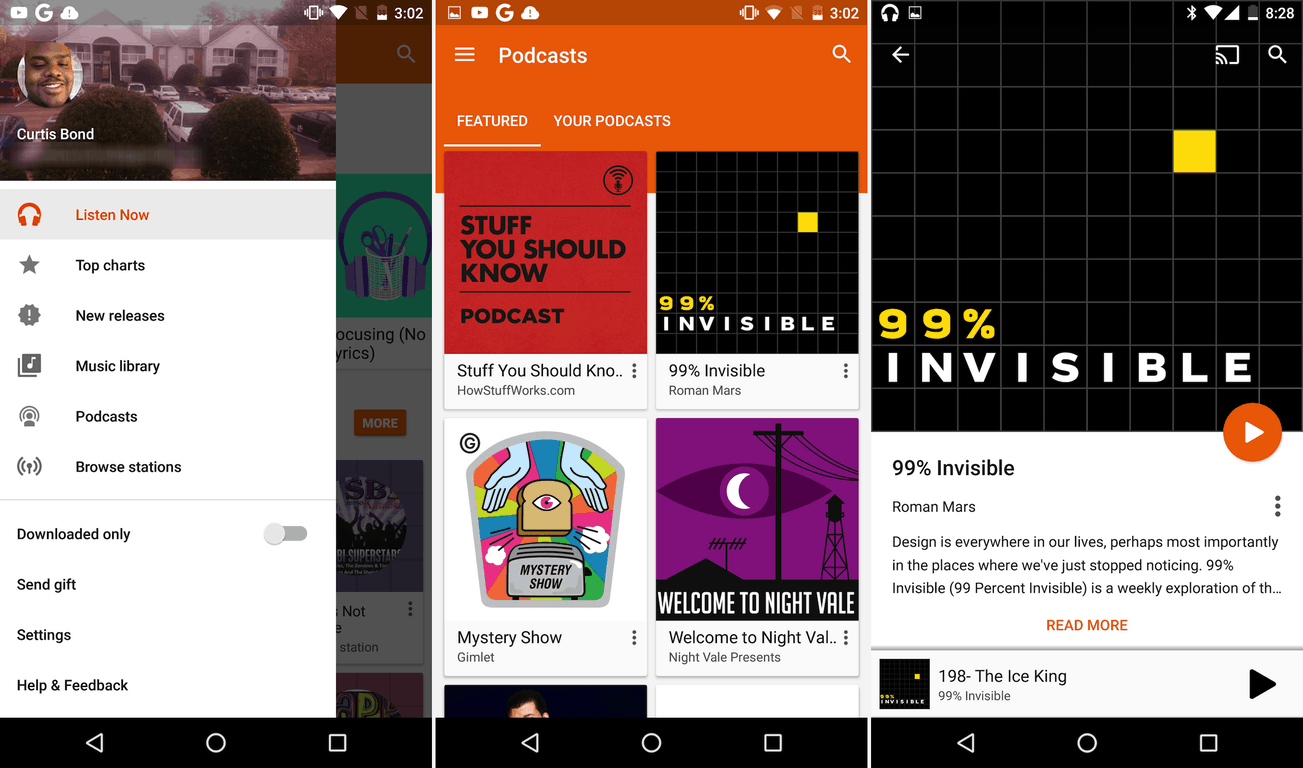
It was a natural transition for Spotify to include podcast into its software and even Amazon is wading the waters by enabling podcasts in its relatively popular Alexa and Dot speakers.
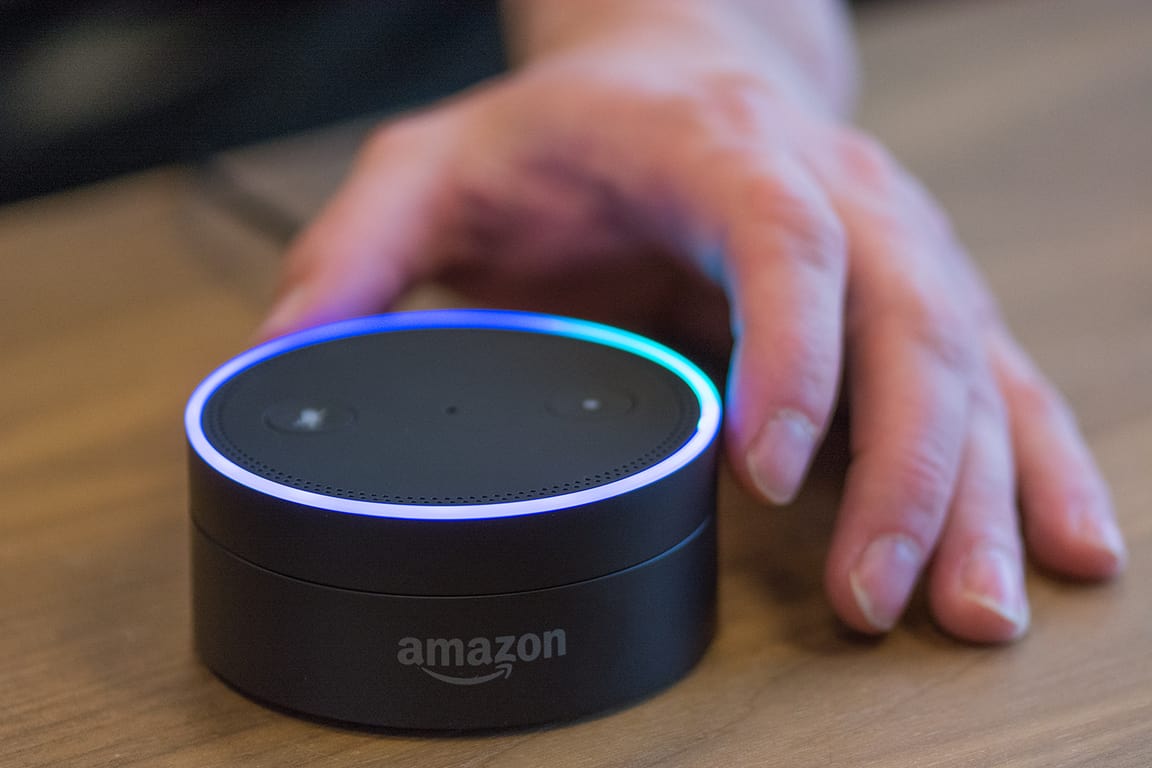
Yet, Microsoft with over a billion Windows users offers nothing in the way of discoverability or use of podcasts in its Windows ecosystem and I feel it’s a huge missed opportunity. I’ll grant Microsoft’s earlier Windows efforts leniency as podcasting remained a relatively nascent endeavor reserved mostly for tech junkies with enough disposable income to invest in microphones, noise canceling padding for rooms and expensive audio channeling hardware.
However, as Microsoft continues to future proof Windows 10 with continuous updating, I’m beside myself that the company has omitted podcasting support. The Windows team is building support for augmented reality, 3D printing, holographic sound, and multiple biometric authentication methods but has yet to deliver a single first party podcast app for Windows 10.
Where it went wrong
Instead of putting the growing entertainment platform of podcasting on a perch next to music and radio in the Groove app, the Windows team has seen fit to let users aimlessly search its sparse Windows Store for the best 3rd party app to suit their needs. In theory, the “search the Windows Store” approach would be a sound one if the same Grade-A developers who support iOS and Android with apps such as Pocket Casts, Overcast, DoggCatcher, or Sticher Radio were present.
Perhaps, most upsetting was the fleeting effort put forth by the Zune and Window Phone team over eight years ago which showcased what podcast support could look like on the Windows platform. With Zune, Microsoft matched efforts with iTunes in offering a one-stop shop for all things entertainment, including but not limited to, podcasts. Users could search for and download their favorite podcast for listening on either Windows PCs or Zune devices similar to iTunes and iPods. Even as Apple brought podcasting to its phone, Zune users could still listen on the go with their Zune HD devices (as humorous as it sounds in hindsight).

As the Windows Phone team sought inspiration from the Zune interface and UX, it seemed like it would be only a matter of time before that same level of attention to podcasting on the desktop side would make its way to the phone.
For what it’s worth, a podcast app eventually made its way to Windows Phone 8.1, but seemed like a consolation prize for the loss of Zune software support on the desktop. In 2014 the fate of first party podcasting support from Windows rest on the shoulders of a single phone app that lived on a diminishing user based device.
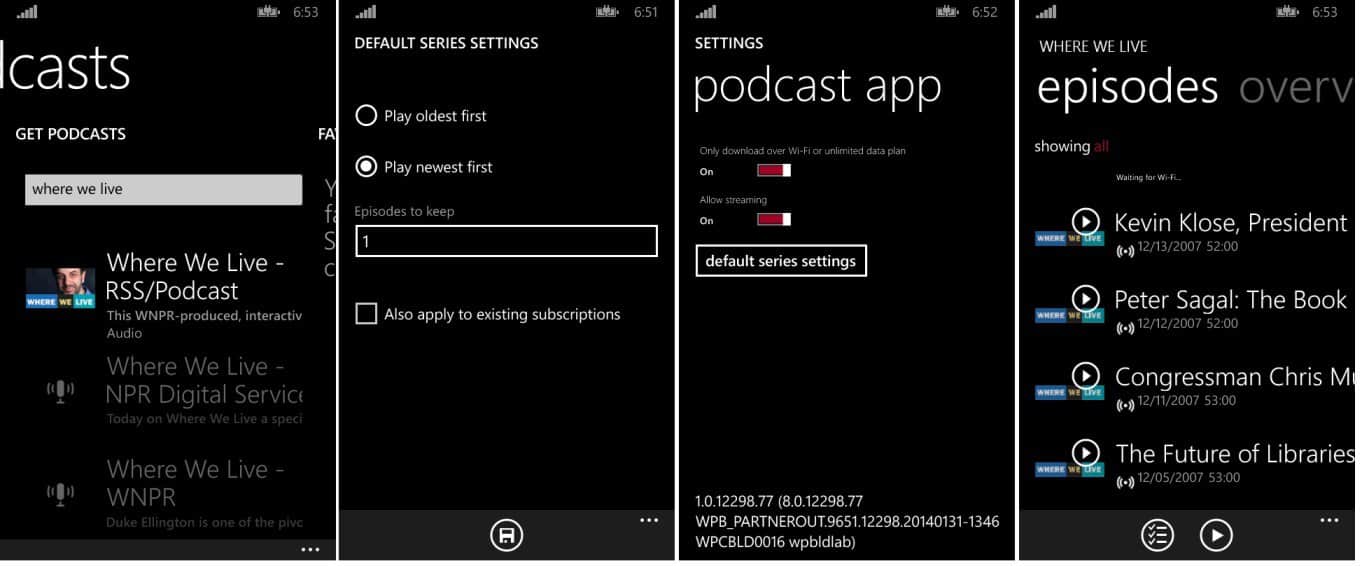
My hope at the time was that Windows team, which in 2014, was taking heavy cues from its Windows Phone team in designing a hybrid operating system that leaned heavily on app settings, navigation and animations would bring along the lone podcasting app for the ride. Instead, the Windows team not only left its first party podcasting app to wither and die on the phone platform but gave no indication as to when or if another effort would be developed for its new ‘modern’ operating system.
Here we are three and half years later since the Windows team made an attempt at supporting podcasts, and its evolving Groove Music app (formerly Xbox Music) still has no ties to podcast discovery, monetization or marketing.
There’s still hope
I want to be clear, that there are some talented developers who are building some top notch podcasting experiences such as GoverPro TuneIn Radio, and Podcasts!, however, when it comes to discovery and marketing, placing a podcast app in the pre-bundled Groove app would go miles for podcasters and Microsoft’s 500 million Windows 10 users.
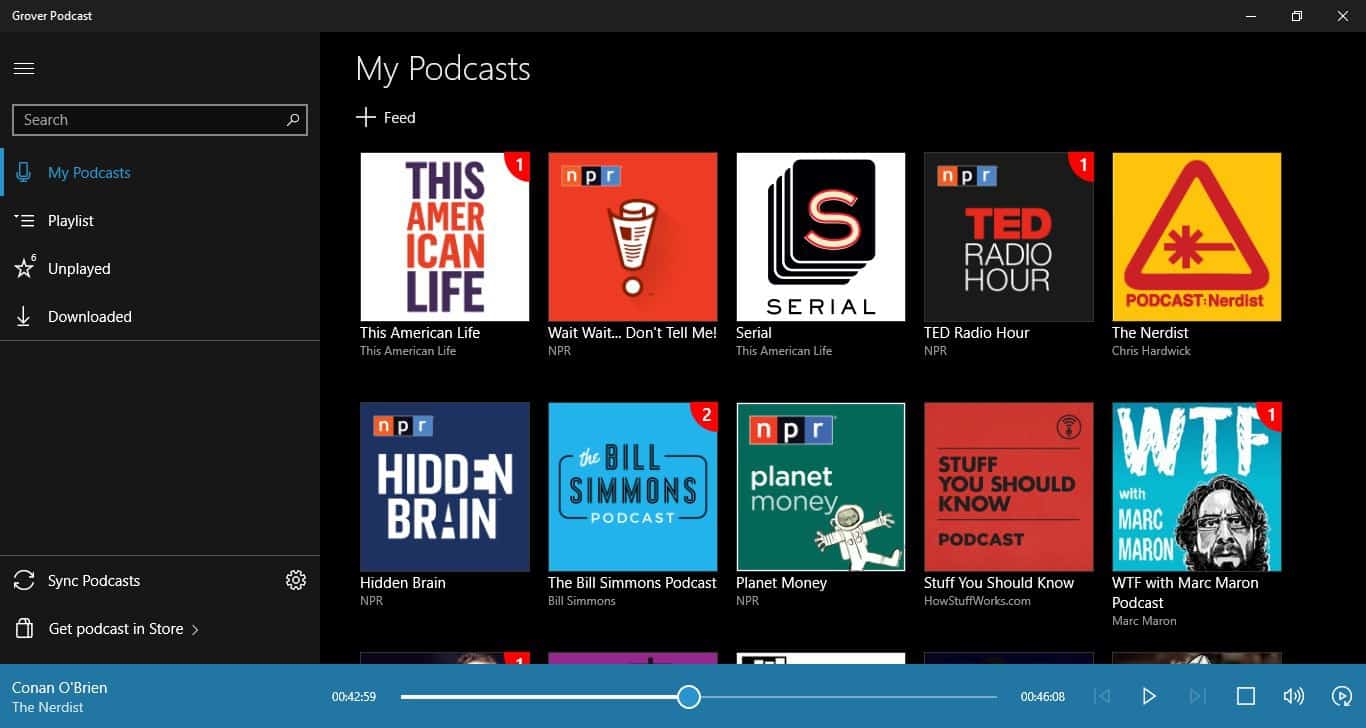
While Microsoft has yet to reveal the number of subscribers its Groove Music service yields, I still believe the company has an opportunity in developing and supporting podcast efforts in Windows 10. Arguably securing the productivity sector many moons ago, Microsoft has some time to court the content creators who entertain their largest reoccurring user base, and they seem to be acknowledging that as they prepare for a second “Creators Update” schedule for Fall 2017.
How it should work
From my own anecdotal experience in the productivity workforce, I can say that podcast listening comes second only to the set-and-forget-it music playlist streaming. Typically, Pandora or Spotify can be found bellowing in the offices of workers who are buried forehead deep in Excel or Sheets work, but there is a second class of worker who fill their rooms with the sound of sports analysts, comedians, political pundits, pop culture observers and more.

Many of these types of workers I found listening to podcasts seem to be doing so as if they are transitioning their passions, niches or interest into on-demand streaming vocal entertainment. Want someone to validate your lousy fantasy football weekend trades? There is a podcast for that. Want someone to quickly fill you in on the latest Marvel superhero before seeing a movie with your geek friends? There is podcast for that. Want to beef up your knowledge on urban serial killers of the 19th century? Yes, there is a podcast for that. Largely, these people are using their Android and iPhones sitting alongside their Windows machine to satisfy their niche endeavors during while being productive at work.
An opportunity still exists for Microsoft to pitch Windows 10 as the one stop shop by marketing podcasts in the Groove app that sits on the desktop right next to that presentation that needs reviewing. Even if Windows 10 “lock in” leave some with the bitter afterthought of Windows strategies of old, the Windows team should develop the podcast section in conjunction with Microsoft’s new mandate of being on all platforms including the web. The synergies behind putting a podcast section in the Groove app sell themselves. Adding the podcast section to the Groove app would give Microsoft a better chance to sell Windows 10 users on iOS and Android devices the Groove service.

Furthermore, Microsoft will soon be marketing its Surface Laptop and Windows 10 S in the Fall for students and judging by the price differential, the company’s target audience for the device is college students. Even when locking down accessibility of apps to the Windows Store, the selection for podcast experiences is a bit lacking.
However, having podcasts available in the Groove app which comes readily available in the Start Menu upon bootup would not only boost Grooves usage numbers but give podcasters another viable platform to market to as well. Now, Windows 10 users who still prefer to use their own copy of albums and collections but enjoy the occasional podcast, Groove becomes a useful app.
Lastly, and it’s a bit of a stretch, but similar to the new Photos app, Microsoft could build rudimentary tools into the Groove app to help amateur podcasters get off the ground. As Apple is supporting telemetry data for podcasts, Microsoft too can begin to exert some ecosystem lock-in by giving that college student with a Surface Laptop the necessary tools to host their own engineering podcast with a $35 dollar mic off Amazon and a single Windows 10 app that sits in their Start Menu.
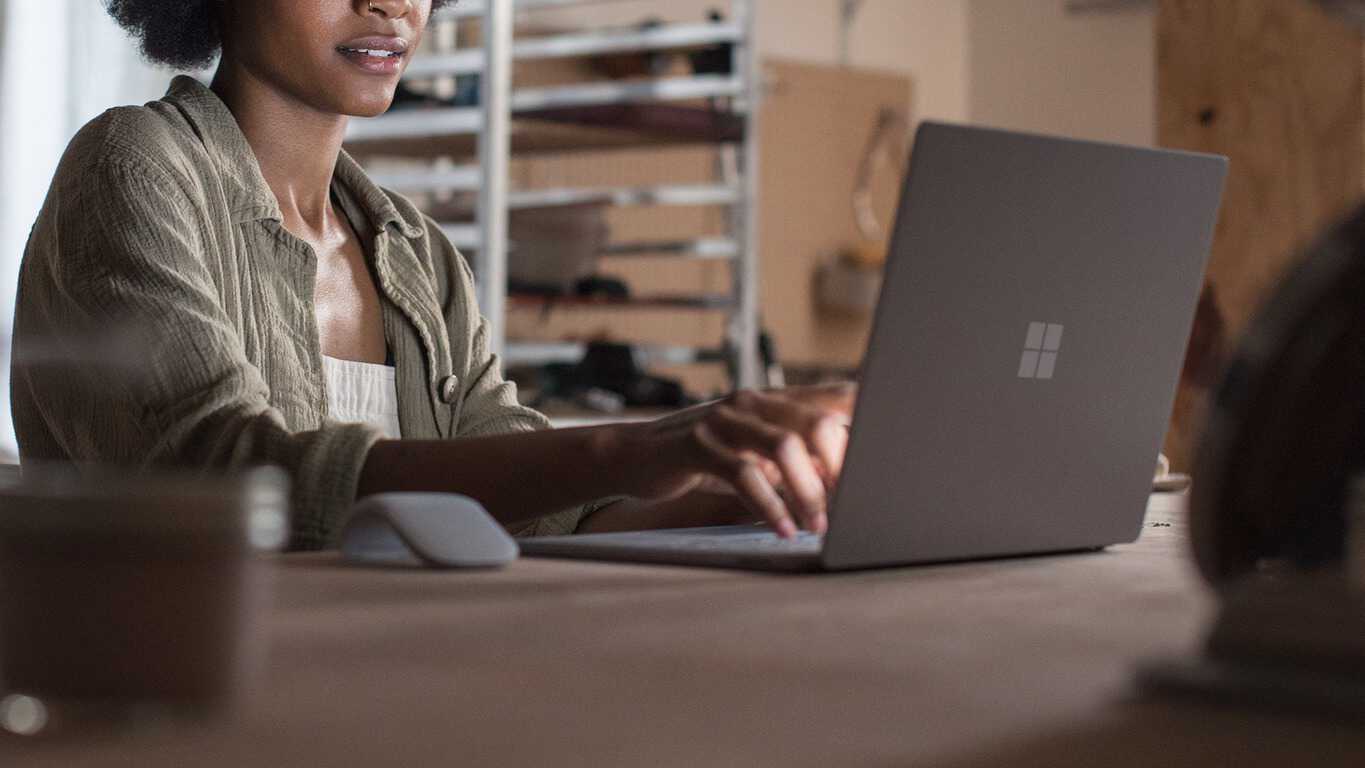
Wrapping it up
Whatever the case may be, I believe there is still a large audience not being fully served by the Windows 10 podcasts experience or lack thereof. There are perhaps more elegant ways to incorporate a podcast experience into Windows 10 than what I’ve presented here, but remaining silent while a handful of under supported developers eek out a handful of apps doesn’t seem to be a good approach. In the light of recent moves by other platforms, I fear once again that Microsoft may be letting a relatively big opportunity slip through its grasp despite being in a position to fully capitalize on the chance to get people “loving” Windows.
Hopefully Groove, or someone, has podcasting on the docket as the Windows team continues to build great and notable experiences into Windows 10. If not, perhaps, Spotify coming to the Windows Store may be the end of my dance with Groove and random 3rd party podcast apps due to the sheer convenience of a single well-established destination.

